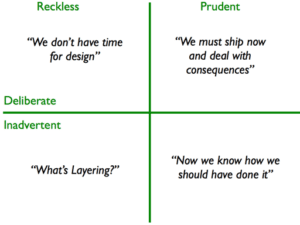When Nissan built its motor manufacturing plant in Smyrna 30 years ago, the 5.9 million square-foot factory employing over 8,000 people was state of art. After the 2005 hurricane season sky-rocketed energy prices, the energy team looked beyond efficient lighting at the more important aspect of utility usage in the plant itself. Let’s examine how they went about sub-metering and what it gained for them.
The Nissan energy team faced three challenges as they began their study. They had a rudimentary high-level data collection system (NEMAC) that was so primitive they had to transfer the data to spread-sheets to analyse it. To compound this, the engineering staff were focused on the priority of getting cars faster through the line. Finally, they faced the daunting task of making modifications to reticulation systems without affecting manufacturing throughput. But where to start?
The energy team chose the route of collaboration with assembly and maintenance people as they began the initial phase of tracking down existing meters and detecting gaps. They installed most additional equipment during normal service outages. Exceptions were treated as minor jobs to be done when convenient. Their next step was to connect the additional meters to their ageing NEMAC, and learn how to use it properly for the first time.
Although this was a cranky solution, it had the advantage of not calling for additional funding which would have caused delays. However operations personnel were concerned that energy-saving shutdowns between shifts and over weekends could cause false starts. ?We’ve already squeezed the lemon dry,? they seemed to say. ?What makes you think there?s more to come??
The energy team had a lucky break when they stumbled into an opportunity to prove their point early into implementation. They spotted a four-hourly power consumption spike they knew was worth examining. They traced this to an air dryer that was set to cyclical operation because it lacked a dew-point sensor. The company recovered the $1,500 this cost to fix, in an amazing 6 weeks.
Suitably encouraged and now supported by the operating and maintenance departments, the Smyrna energy team expanded their project to empower operating staff to adjust production schedules to optimise energy use, and maintenance staff to detect machines that were running without output value. The ongoing savings are significant and levels of shop floor staff motivation are higher.
Let’s leave the final word to the energy team facilitator who says, ?The only disadvantage of sub-metering is that now we can’t imagine doing without it.?
Contact Us
- (+353)(0)1-443-3807 – IRL
- (+44)(0)20-7193-9751 – UK
